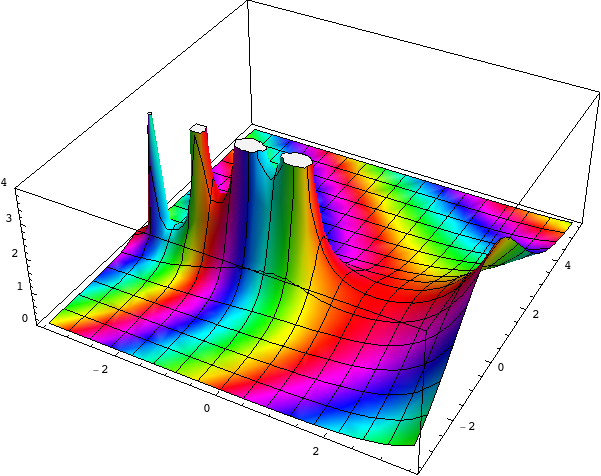Developing Complex Statistics in R
The R programming language has become a popular choice for statisticians, data scientists, and researchers across the globe.

The R programming language has become a popular choice for statisticians, data scientists, and researchers across the globe.
Its versatility, ease of use, and extensive library of packages make it an ideal platform for performing complex statistical analyses.
In this article, we’ll delve into the process of developing complex statistics in R, exploring essential concepts, techniques, and helpful packages.
Understanding Complex Statistics
Complex statistics are advanced mathematical methods and techniques that help understand and analyse multifaceted data sets. They often involve multiple variables and intricate relationships, enabling researchers to generate insights and make informed decisions.
R’s Strengths in Statistical Analysis
R is a powerful tool for statistical analysis because of its:
- Flexibility: R can handle various data types and structures, allowing users to customise their studies.
- Extensibility: The R community continuously develops and updates new packages, ensuring the software stays current and relevant.
- Reproducibility: R scripts enable users to document their work, making it easier for others to replicate and validate findings.
- Comprehensive support: R’s extensive community and user-friendly documentation facilitate learning and troubleshooting.
Essential R Packages for Complex Statistical Analysis
Several packages enable complex statistical analysis in R, including:
- ggplot2: A versatile package for creating visually appealing and customisable graphs.
- dplyr: A package for data manipulation, making it easier to clean, filter, and transform data.
- tidyr: A package for tidying data, enabling users to reshape and restructure datasets efficiently.
- stats: R’s core package for basic statistical tests and models.
- MASS: A package containing various functions for advanced statistical techniques.
- car: A package with functions for regression analysis and diagnostic tools.
- lme4: A package for fitting linear mixed-effects models commonly used in complex experimental designs.
Data Preparation and Exploration
Before delving into complex statistics, it’s essential to:
- Import and inspect the data.
- Clean the data by handling missing values, outliers, and inconsistencies.
- Transform the data, if necessary, to meet statistical assumptions.
Exploratory data analysis (EDA) can also help if patterns, trends, and anomalies that might influence your statistical models. Visualisation tools like histograms, scatterplots, and box plots can be handy during EDA.
Choosing the Right Statistical Method
Identifying the appropriate statistical method depends on the research question, data type, and distribution. Common complex statistical methods in R include:
- Multiple regression: Used to model the relationship between numerous predictor variables and a single response variable.
- Analysis of variance (ANOVA): Compares the means of different groups to determine if there is a significant difference among them.
- Principal component analysis (PCA): Reduces data dimensionality by transforming correlated variables into uncorrelated main components.
- Cluster analysis: Groups similar data points together based on their characteristics or distance in multidimensional space.
- Time series analysis: Analyses time-dependent data to identify trends, cycles, and seasonal patterns.
Model Validation and Interpretation
Once you’ve fit a statistical model, validating and interpreting the results is crucial. Techniques like cross-validation, residual analysis, and goodness-of-fit tests can be employed to assess the model’s accuracy and appropriateness. Additionally, consider effect sizes, confidence intervals, and p-values to gauge the significance of your findings.
Follow me on Medium, LinkedIn, and Twitter.
All the best,
Luis Soares
CTO | Head of Engineering | Cyber Security | Blockchain Engineer | NFT | Web3 | DeFi | Data Scientist
#data #datascience #R #analytics #bigdata #softwareengineering #softwaredevelopment #coding #software



